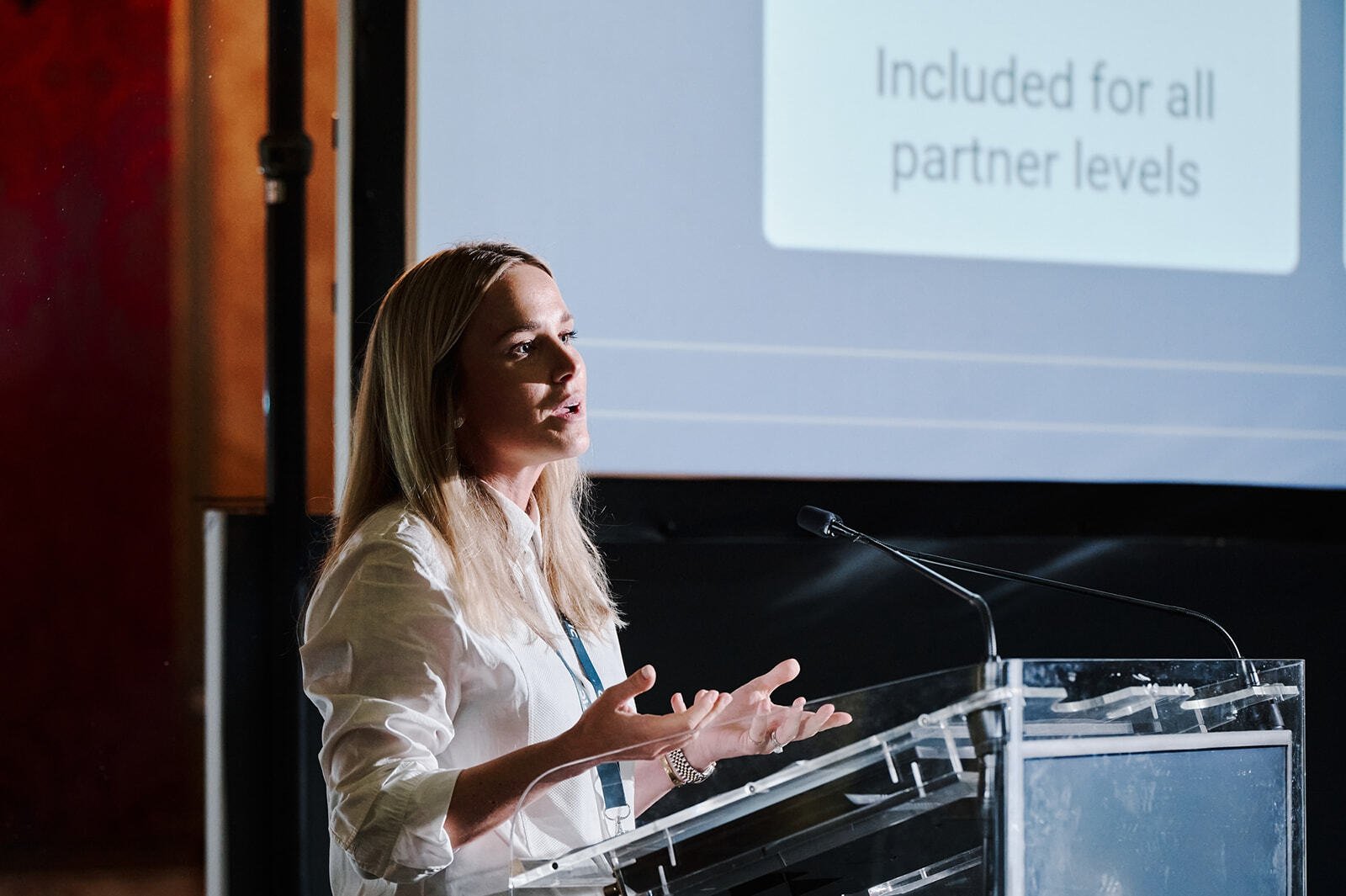- Blog Overview
- Knowledge
- Three Ways to Reduce Government Wait Time and Create a More Efficient Visit

Three Ways to Reduce Government Wait Time and Create a More Efficient Visit
Jenny Videsparv |June 15 2022 | 5 min
Let’s state this simply: Visitors to a government office are more than a number. But that said, sometimes that number is large, and each visitor can have complex needs. The government employees honestly want to help but are often expected to be miracle workers. They can feel under-resourced and overworked, trying to resolve each visit. Citizens, in turn, can feel just as helpless, exhausted by the processes, caught in a tangle of red tape, and, often, angry.
It shouldn’t be that way — and it doesn’t have to be. Today, technology can help eliminate the negatives of dealing with government agencies, turning the interaction into a positive, productive experience. The process can be made easier so that employees feel they can be more helpful.
The key to turning this around is creating greater efficiency. Government agencies can be more proactive in managing the citizen experience, and subsequentially the employee experience, by reducing wait time, providing helpful information, and visit alternatives.
Easy as 1, 2, 3
Appointment Scheduling - When citizens book an appointment online, they control the process by selecting the most convenient time and type of service. Booking confirmation and reminder follow-ups eliminates confusion and missed appointments. They simply go to the office when they have an appointment with little to no wait time. In and out!
The beauty of appointment scheduling is that not only can the citizen have more control of the experience, but the agency can gain greater ability to manage the visit as well. By knowing the nature of the visit, employees are better prepared to resolve the issue at hand quickly and efficiently. At a higher level, the agency also gains insights that will help plan overall resourcing and staffing to better address the community’s ongoing needs.
Information and Updates - One of the challenges of going to a government office is that citizens just don’t know what to expect. Questions such as, “Where do I go?”, “What is the safety protocol?”, and “When will I be served?” frequently come up. Digital signage takes all the guessing, confusion, and worrying away.
For smaller offices, there can be signage with line information, called numbers, and directions to a specific counter or room. All fairly straightforward. But for larger offices integrated media, graphics, and queue status information work to make the citizen’s journey clearer and more engaging. Plus, messages can be shared in any language to make the experience feel more inclusive and welcoming.
Virtual Visits - If COVID taught us anything it was that business can be conducted at home. So why can’t government do the same? Turns out it can! A Remote Service Delivery system brings the agency online for video calls, chats, or online meetings with more than two participants.
Integrated as part of the larger queue management system, virtual visits afford the same scheduling, resource planning, and automated notifications as in-person visits, but further minimize wait time. Just as in an in-person visit, a citizen can schedule the meeting and receive confirmation and reminders. When the citizen checks in via the meeting link, the employee is notified and joins as well. All participants are prepped and ready to handle the business at hand efficiently. Additionally, the citizen is already online so post-visit feedback can be instantaneous.
Also, by offering virtual visits, there will be fewer citizens physically in the government office, which further reduces on-site wait times as well.
A More Efficient Experience
The interaction between government agencies and citizens should be a seamless journey, whether physical, digital, or a combination of both. The key to an efficient and productive visit is to reduce wait time and offer clear communication to guide the appointment. Today’s technology allows the citizen to feel more in control of the visit all while better preparing the government employee to deliver higher-quality service.
It can be as simple as implementing these three easy steps to make a citizen feel less like a bothersome number and more like a perfect 10.
To learn more about reducing wait times and creating more efficient visits in public sector agencies, download our Citizen Journey Management Guide below.
Topics
Public



